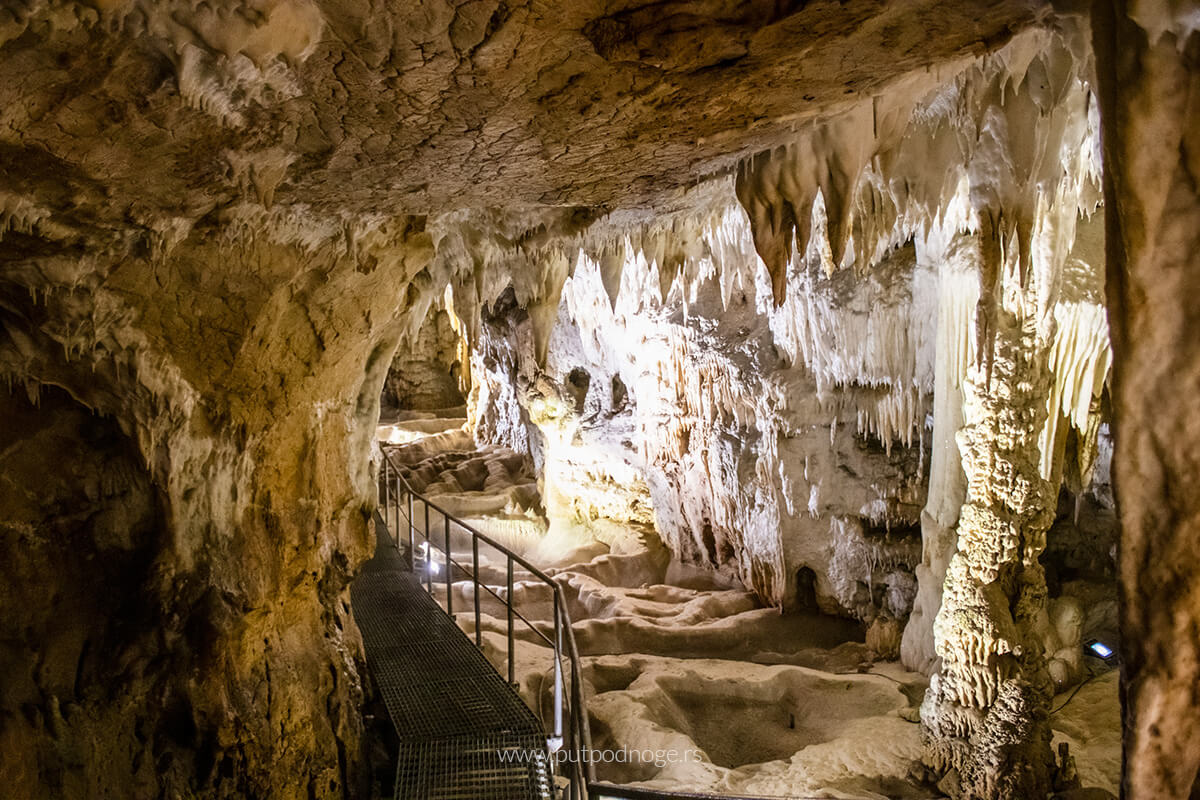
Rajkova Cave – A Hidden Gem of Eastern Serbia Encased in Stone
Just two kilometers from Majdanpek, at the source of the Mali Pek River, lies Rajkova Cave – one of the most beautiful and longest caves in Serbia. Nestled at the foothills of the eastern slopes, surrounded by dense forests and hiking trails leading to scenic viewpoints, Rajkova Cave is an ideal destination for nature lovers and speleology enthusiasts alike.
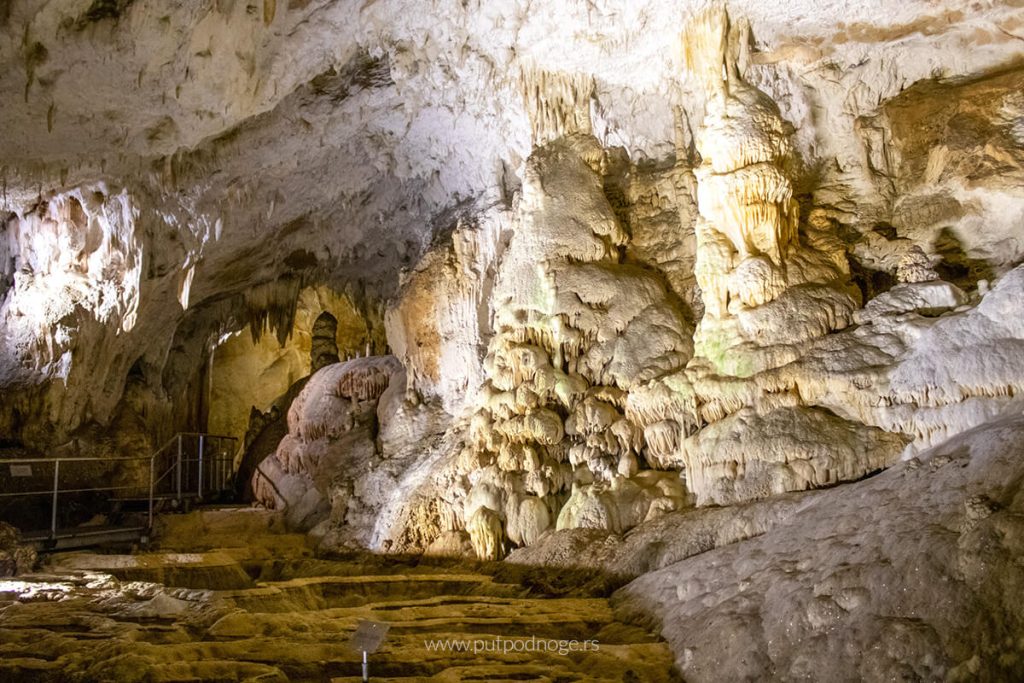
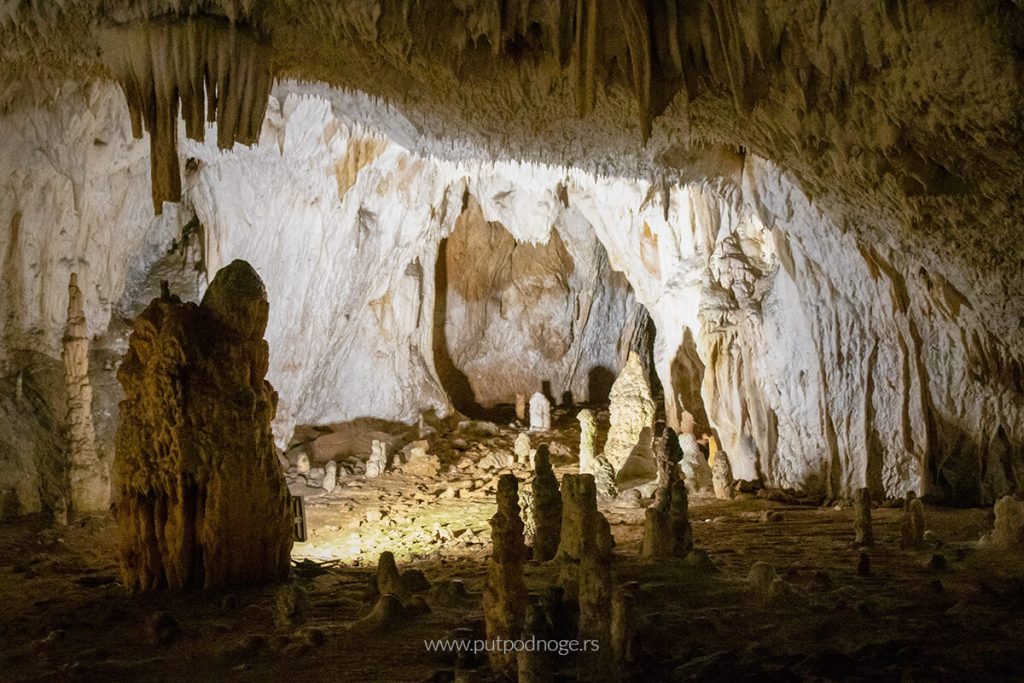
Exploring the Cave – Halls, Crystals, and Legends
Rajkova Cave is a river cave with flowing water – the Rajkova River, which originates from the Kapetanske livade (Captain’s Meadows), disappears beneath a limestone cliff up to 100 meters high, and after a 3,625-meter underground journey, enters the cave. Upon exiting, it joins the Paskova River, and together they form the Mali Pek River.
The cave consists of two main sections – the Ponor (Swallowhole) and Izvor (Spring) parts, each with both a Wet and Dry level. So far, around 3,600 meters of passages have been explored, and a circular trail of 1,410 meters has been prepared for visitors. Currently, due to hydrological conditions and silt deposited by floods, approximately 750 meters are open for tours.
Over the centuries, Rajkova Cave has been shaped by three small rivers – Jankova, Paskova, and Rajkova. It was first explored by Jovan Cvijić, and later, in the 1970s, research continued under Dr. Radenko Lazarević and speleologists from Valjevo.
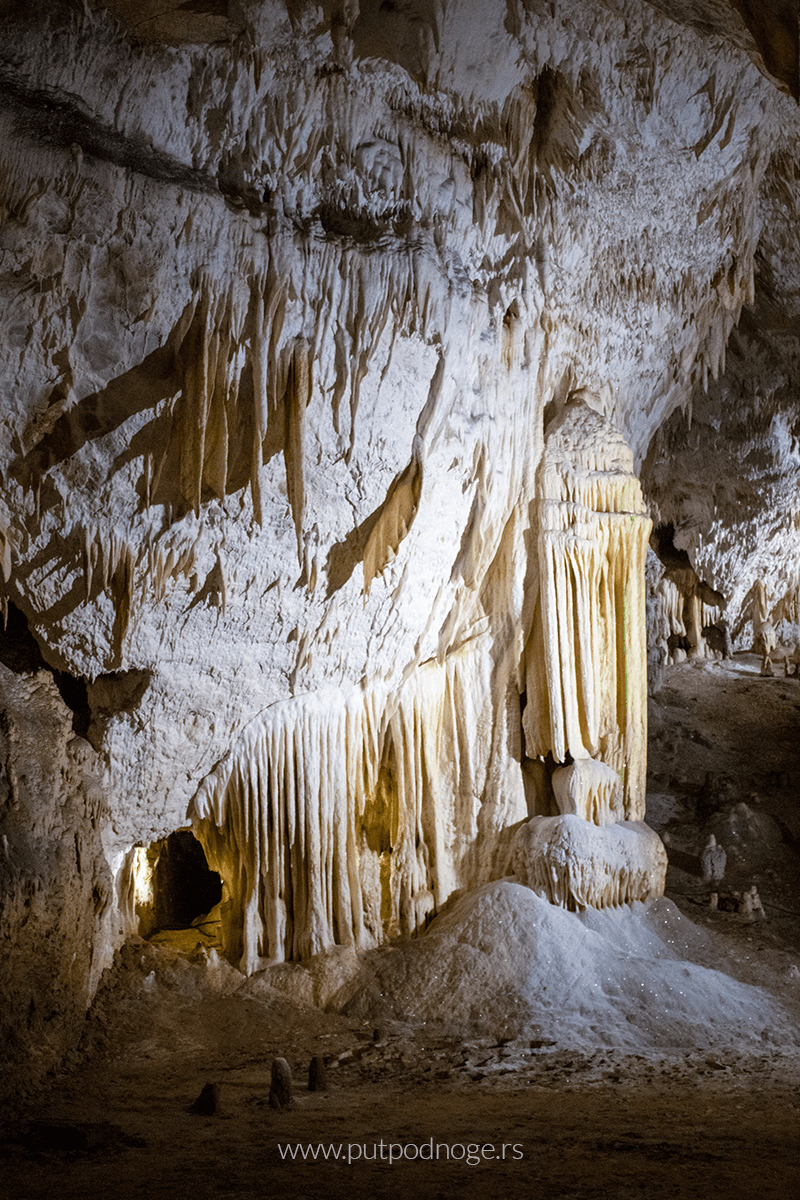
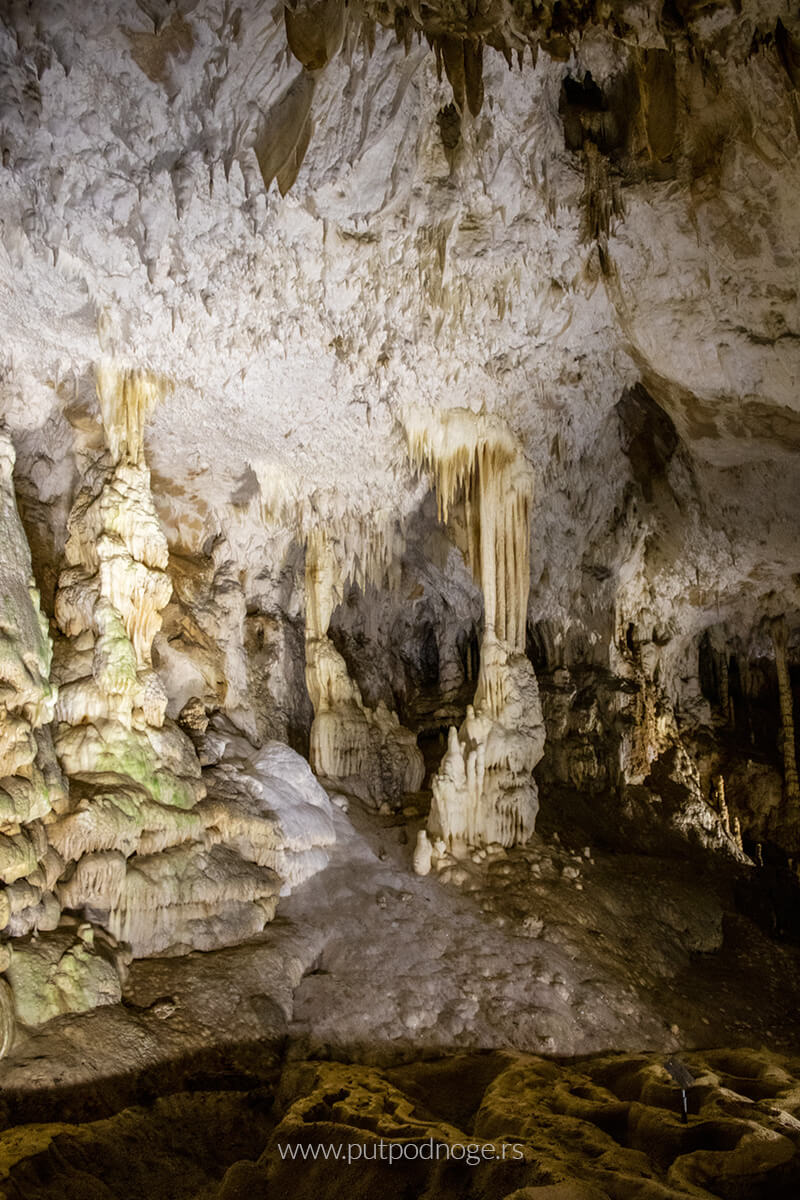
Spectacular Cave Formations
Rajkova Cave is often called the “White Cave” – thanks to the rich deposits of white calcite that adorn its walls, ceilings, and floors. In halls like Winter Fairy Tale, shimmering crystals evoke the feeling of a frozen wonderland, where you’ll also find the famous White Bear formation. Other fascinating natural features include the Snail (uncannily shaped like a human heart), Small and Large Organs, Waterfall Hall, Bathtub Hall, and Hedgehog Hall… Every step through the cave unveils a new world of fantastical shapes.
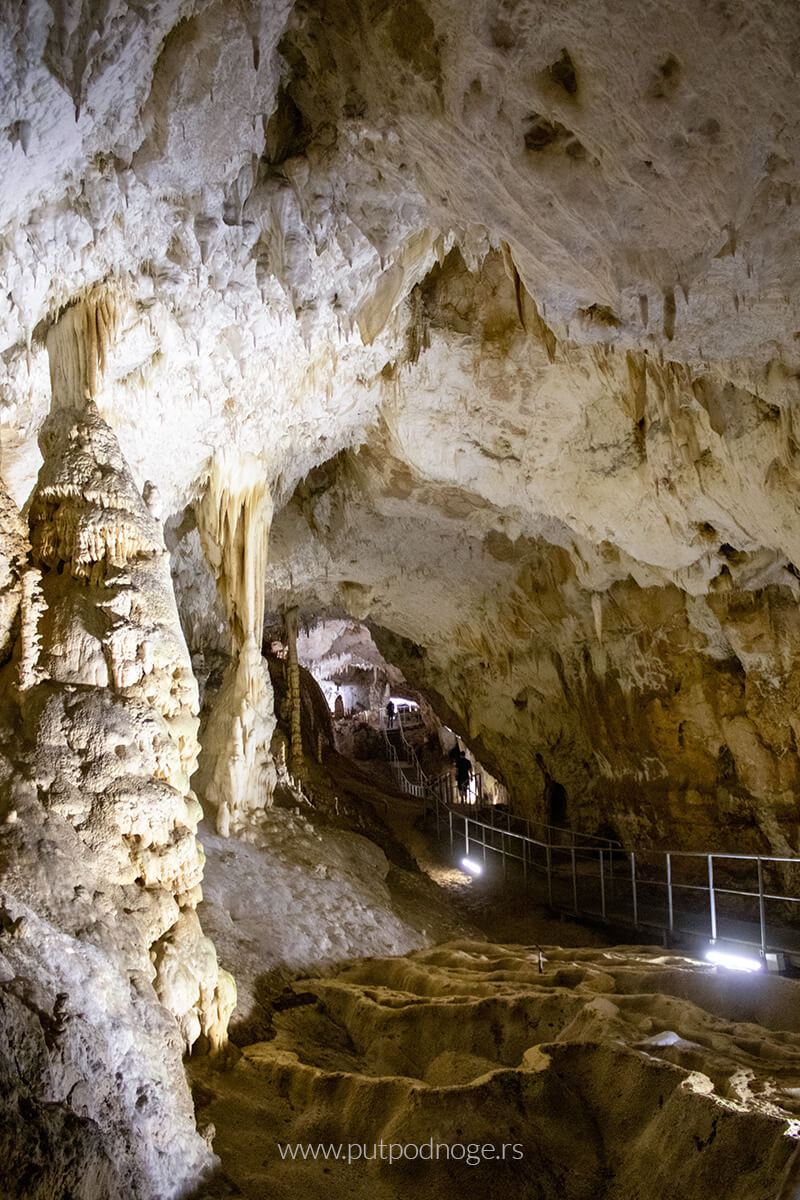
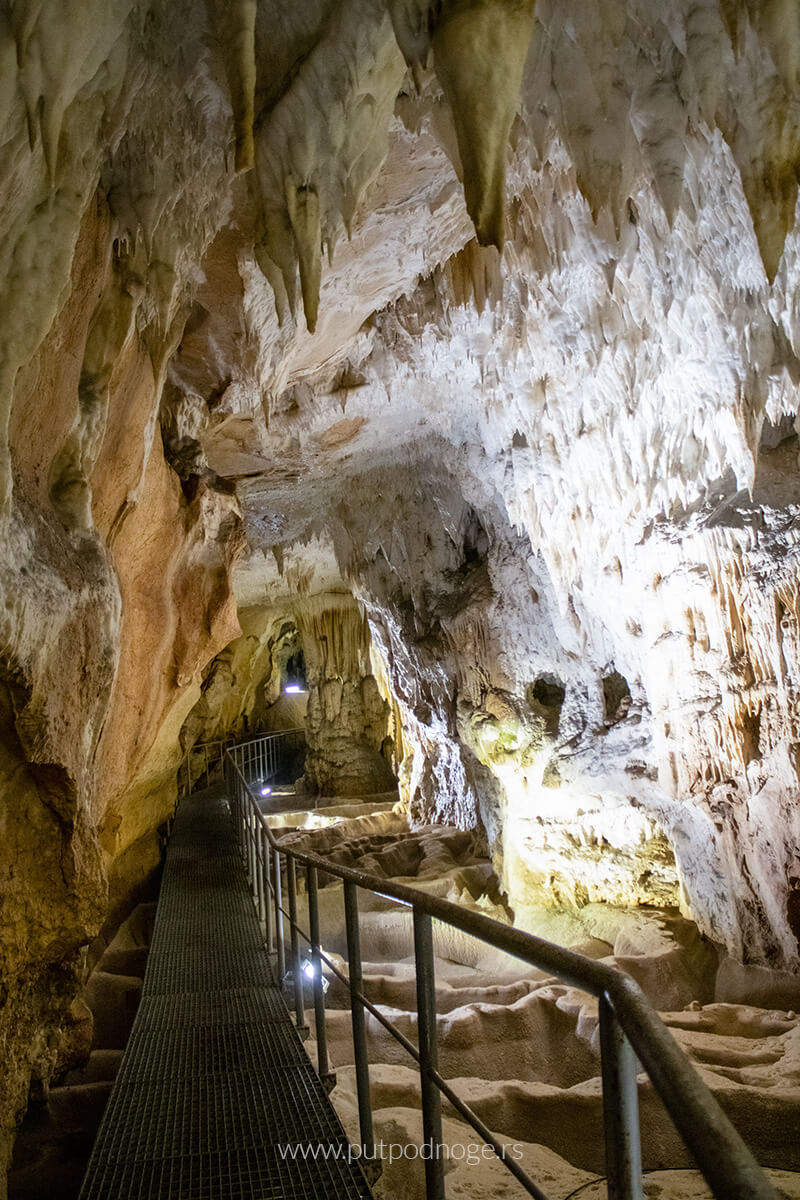
Temperature and Conditions Inside the Cave
The interior temperature of Rajkova Cave remains a constant 8°C, with 100% humidity. For that reason, warmer clothing is recommended, even in summer. The terrain is well-secured, with lighting and maintained pathways, but comfortable and sturdy footwear is essential.
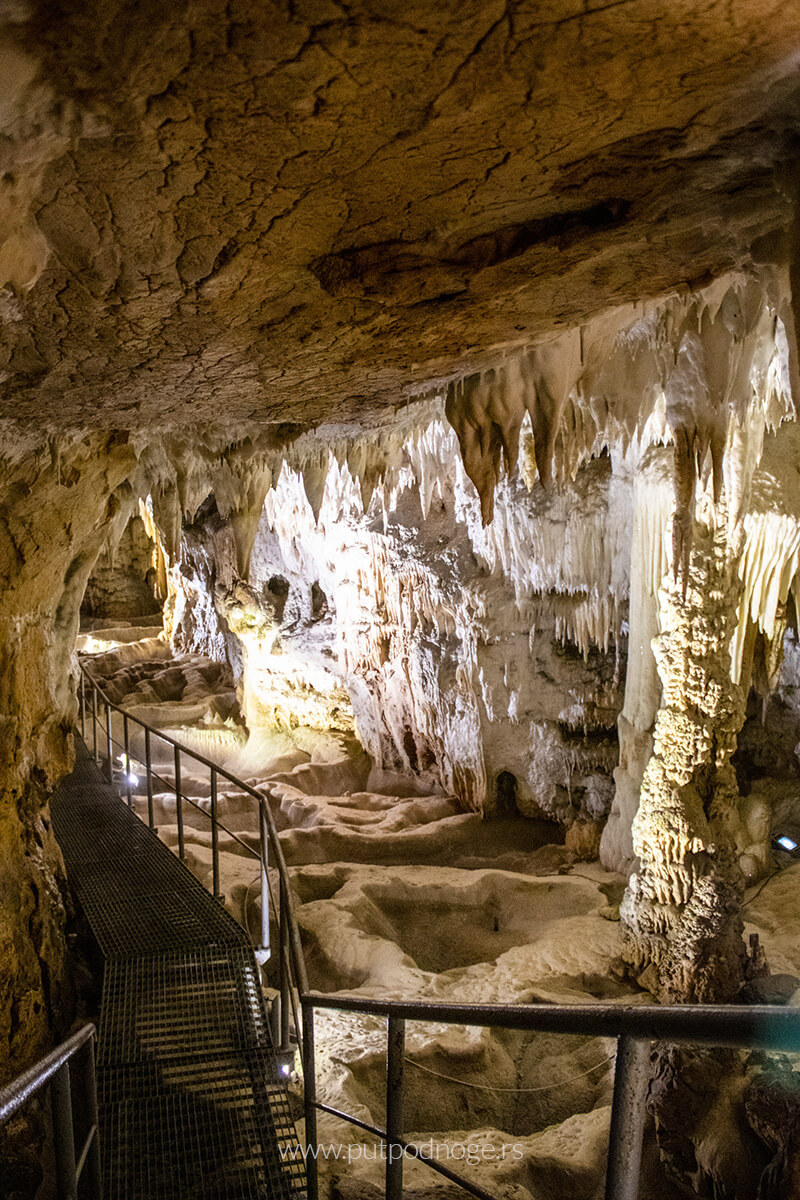
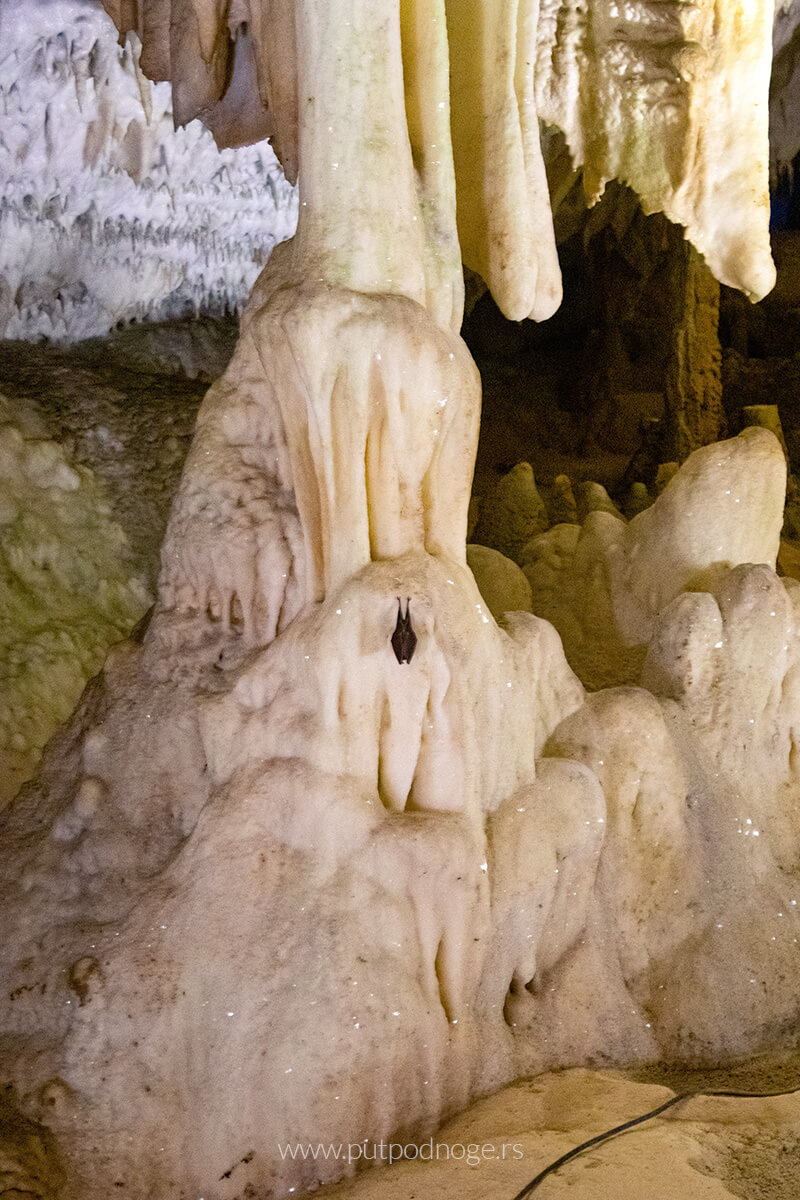
The Legend of the Hajduk Rajko
The cave is named after the legendary Hajduk (outlaw) Rajko, who, according to local folklore, would intoxicate and rob travelers, hiding his treasure deep within the cave. Although the treasure was never found, a stone hammer was discovered inside – evidence that humans inhabited this area as far back as prehistoric times.
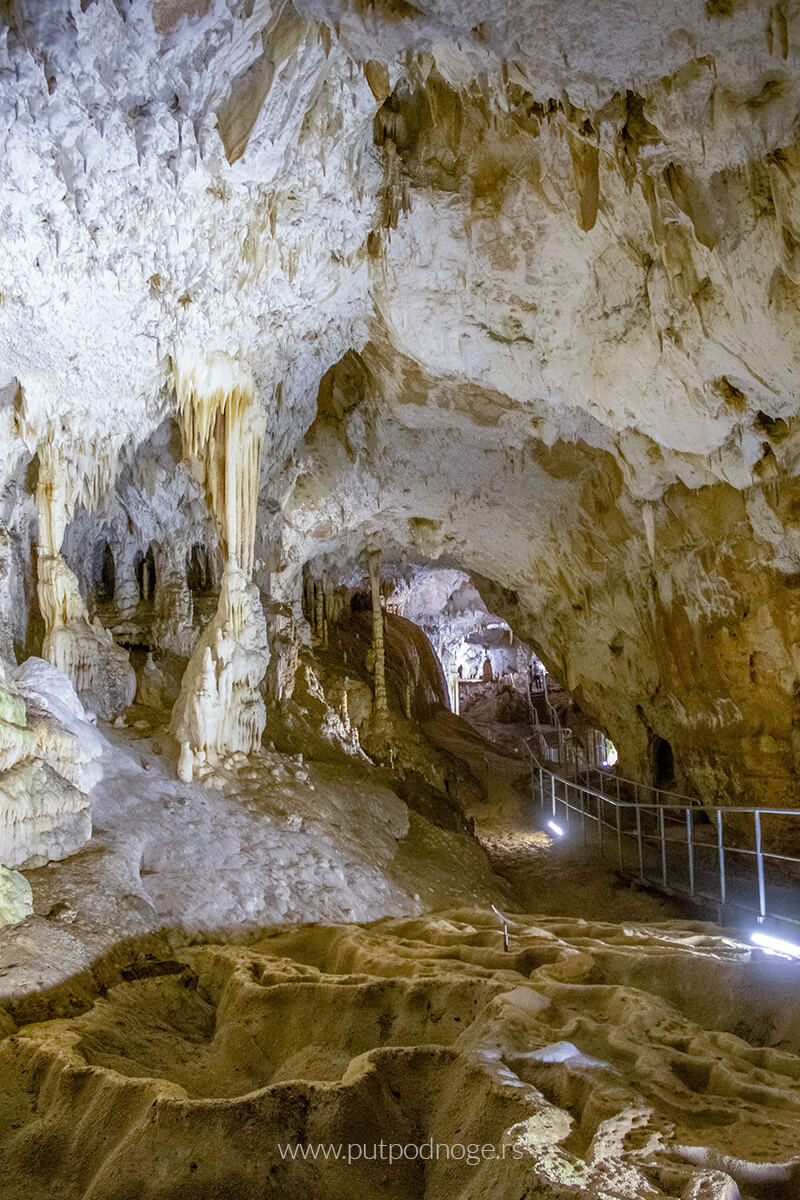
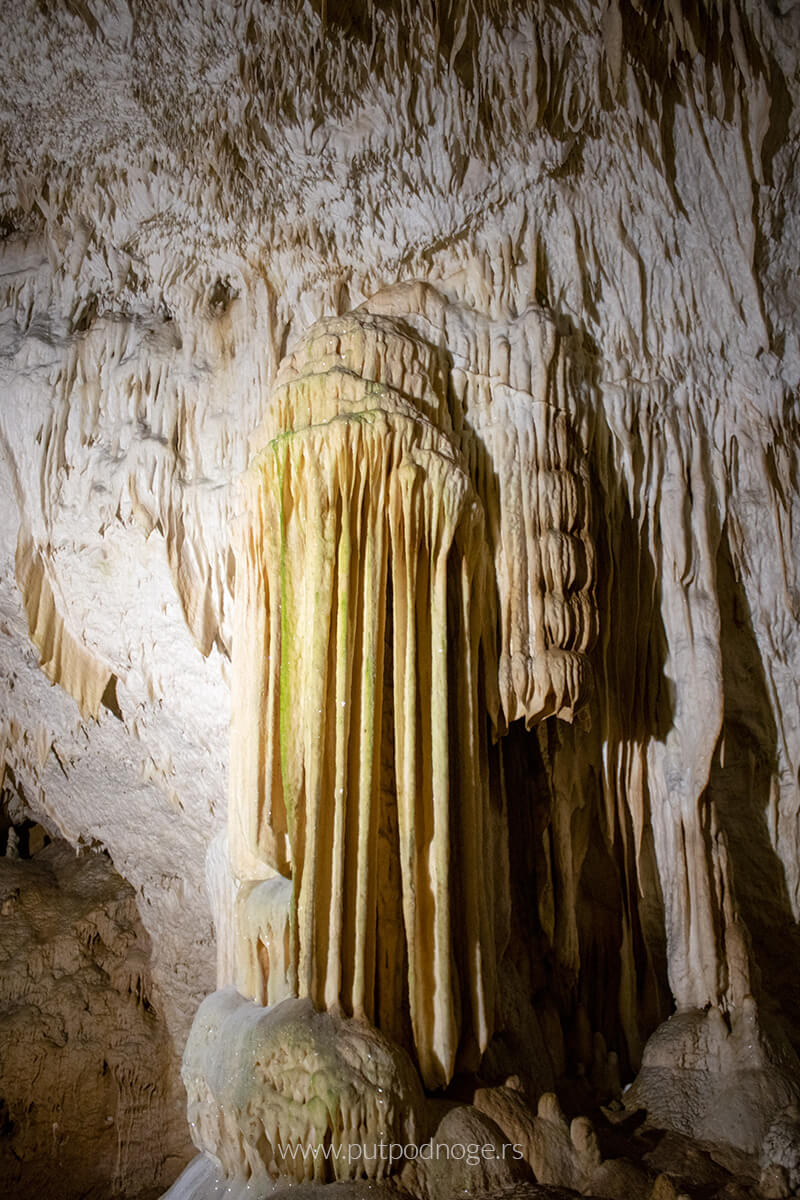
Part of the Đerdap Geopark
Since 2020, Rajkova Cave has been part of the Đerdap Geopark – the first UNESCO-protected geopark in Serbia. This designation further confirms its importance and value within Serbia’s natural, cultural, and geological heritage.
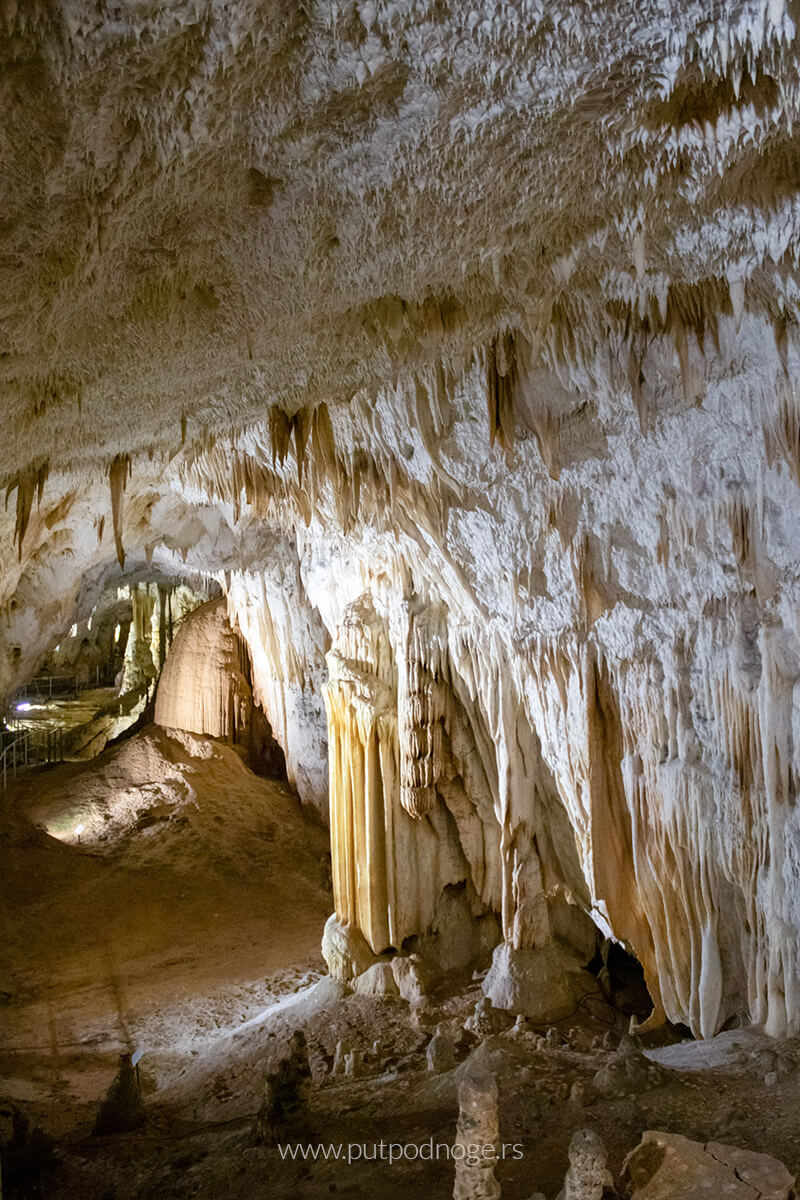
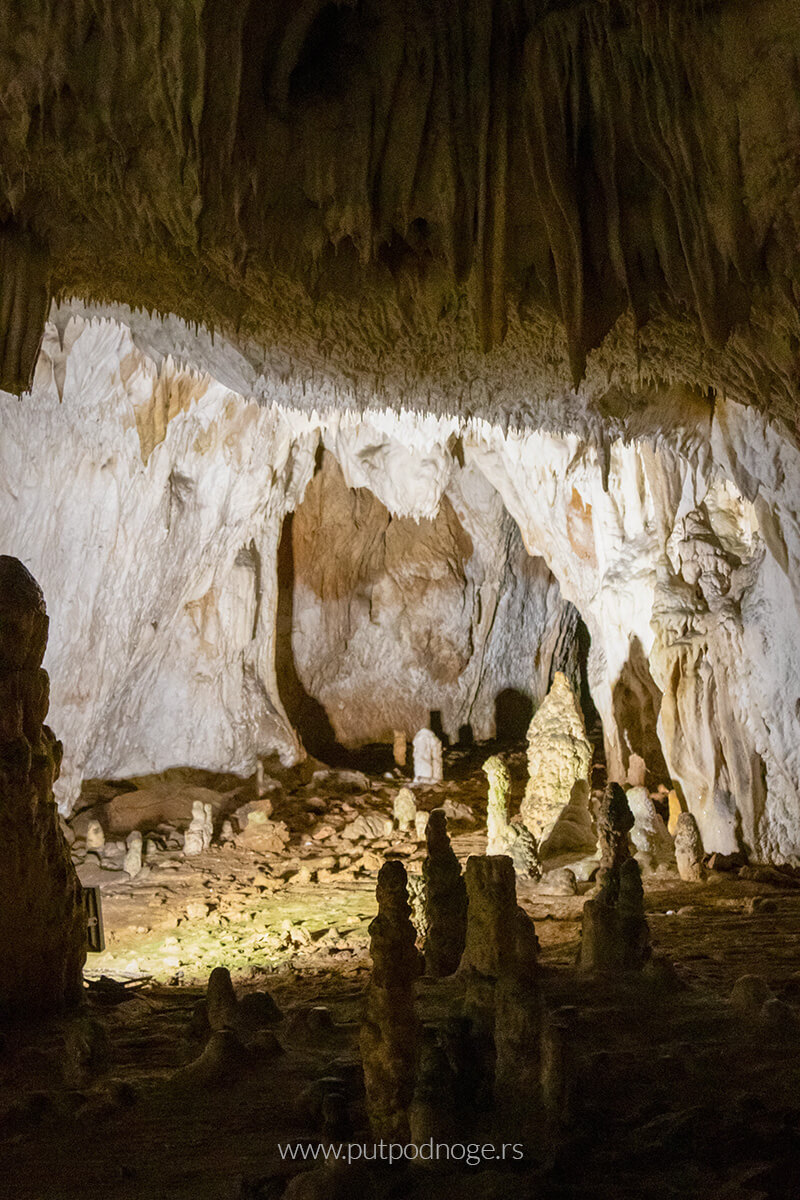
How to Get There
The journey from Belgrade to Rajkova Cave takes approximately 3 hours and covers about 200 kilometers. The most straightforward route goes through Požarevac and Donji Milanovac:
Belgrade – Požarevac – Majdanpek – Rajkova Cave
- From Belgrade, take the E75 highway towards Niš, then exit at the Požarevac interchange.
- Continue through Kučevo and Donji Milanovac towards Majdanpek (regional road 34).
- From the center of Majdanpek, it’s another 2 km along an asphalt road following the Mali Pek River, passing the artificial lake Veliki Zaton.
Entry into the cave is only permitted with a guided tour, and it is highly recommended to call ahead and confirm tour schedules during your intended visit. Some online information may be outdated. For the most accurate details, contact the guide service at: +381 66 800 65 76.
The road is especially scenic, particularly the stretch between Donji Milanovac and Majdanpek, which winds through gorges and dense forests. Arriving early is advisable to ensure you have enough time to explore the cave, as tours are held at specific times.
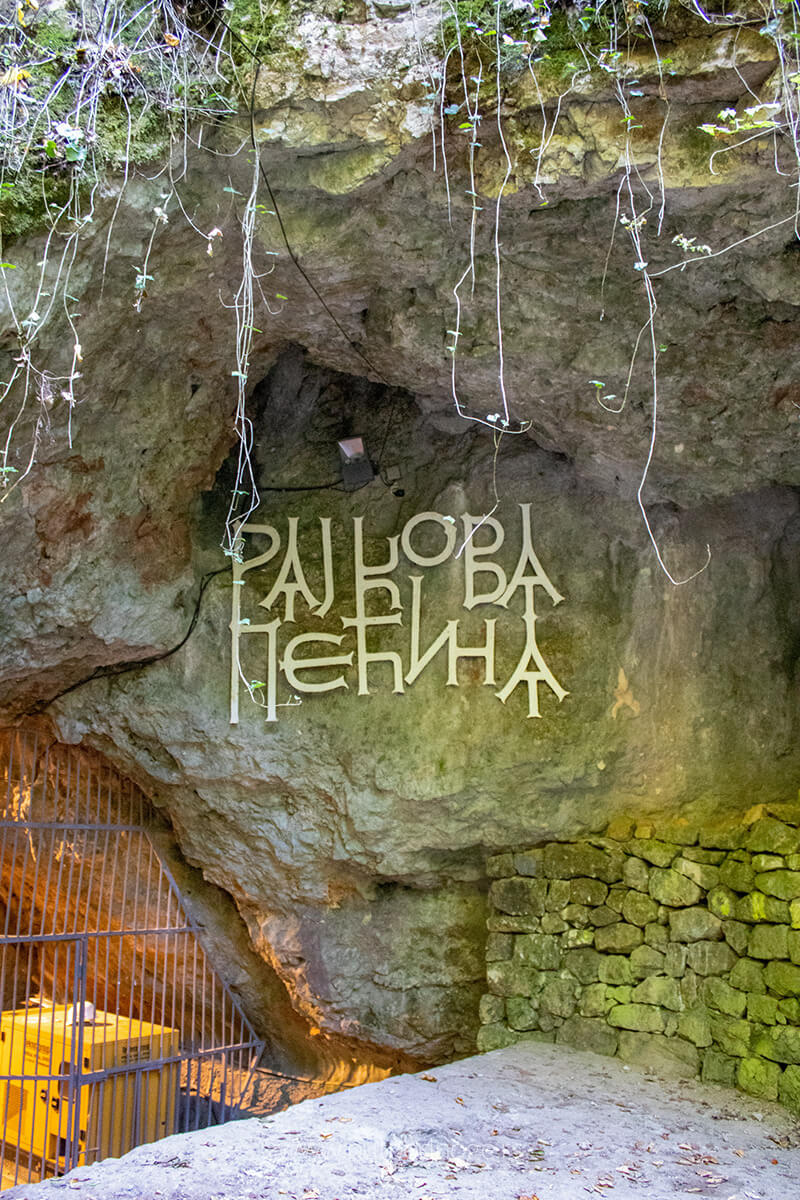
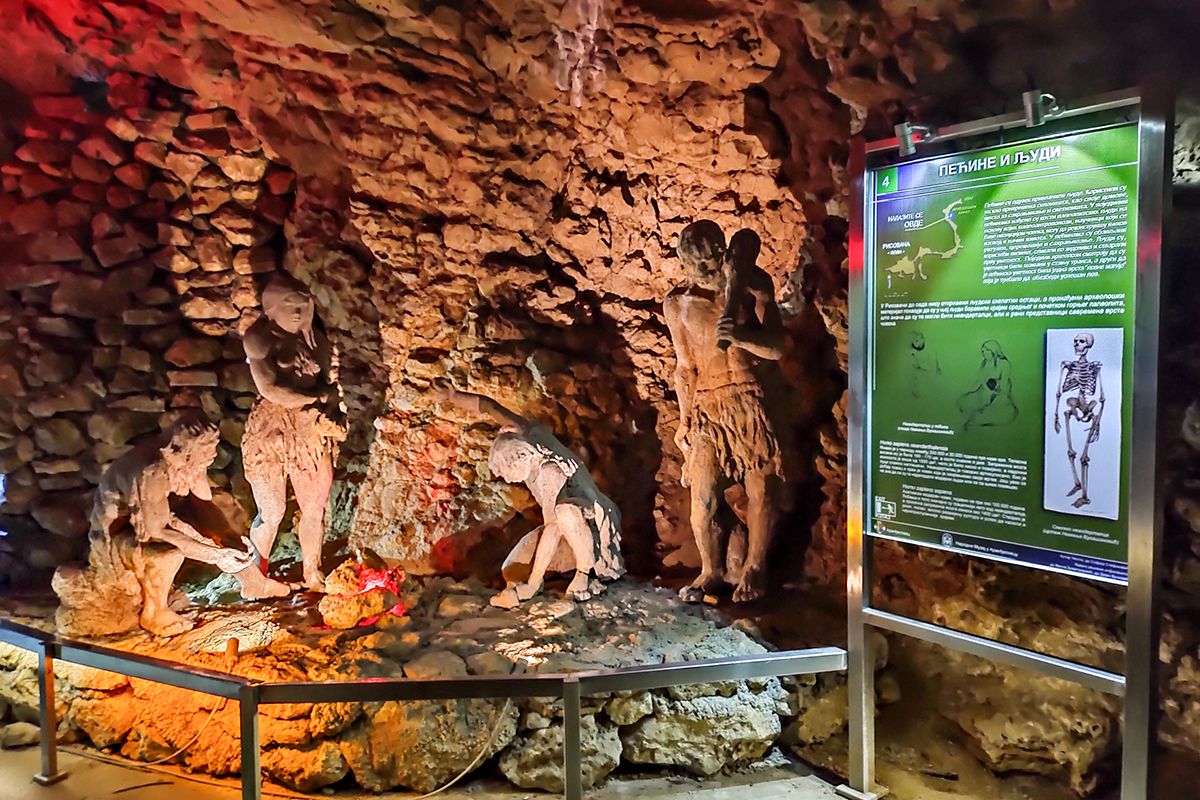
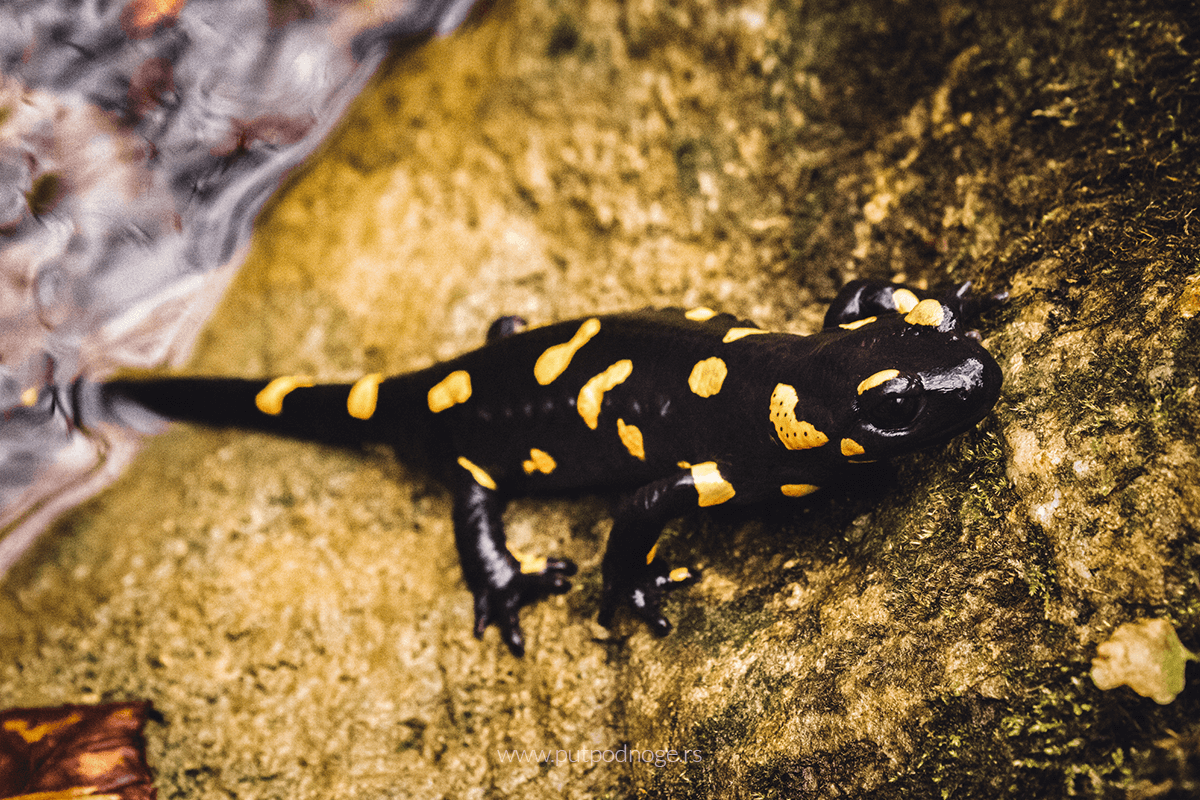
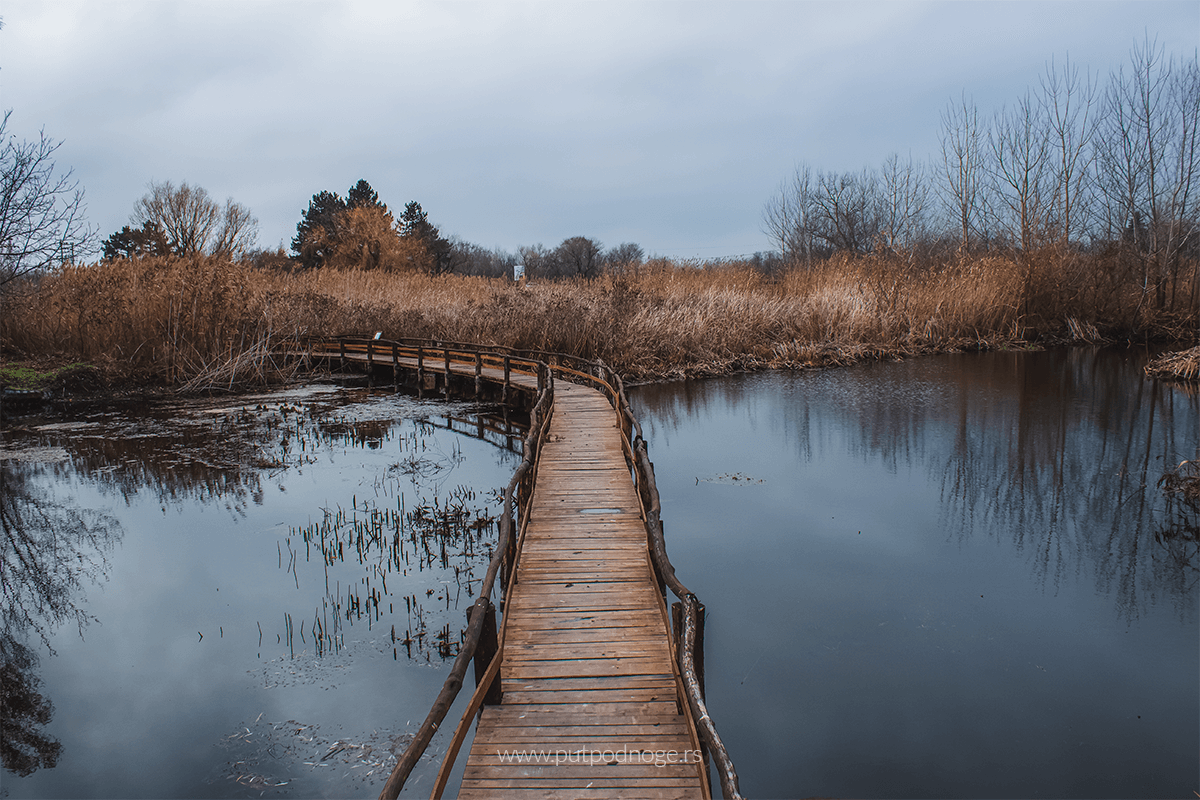
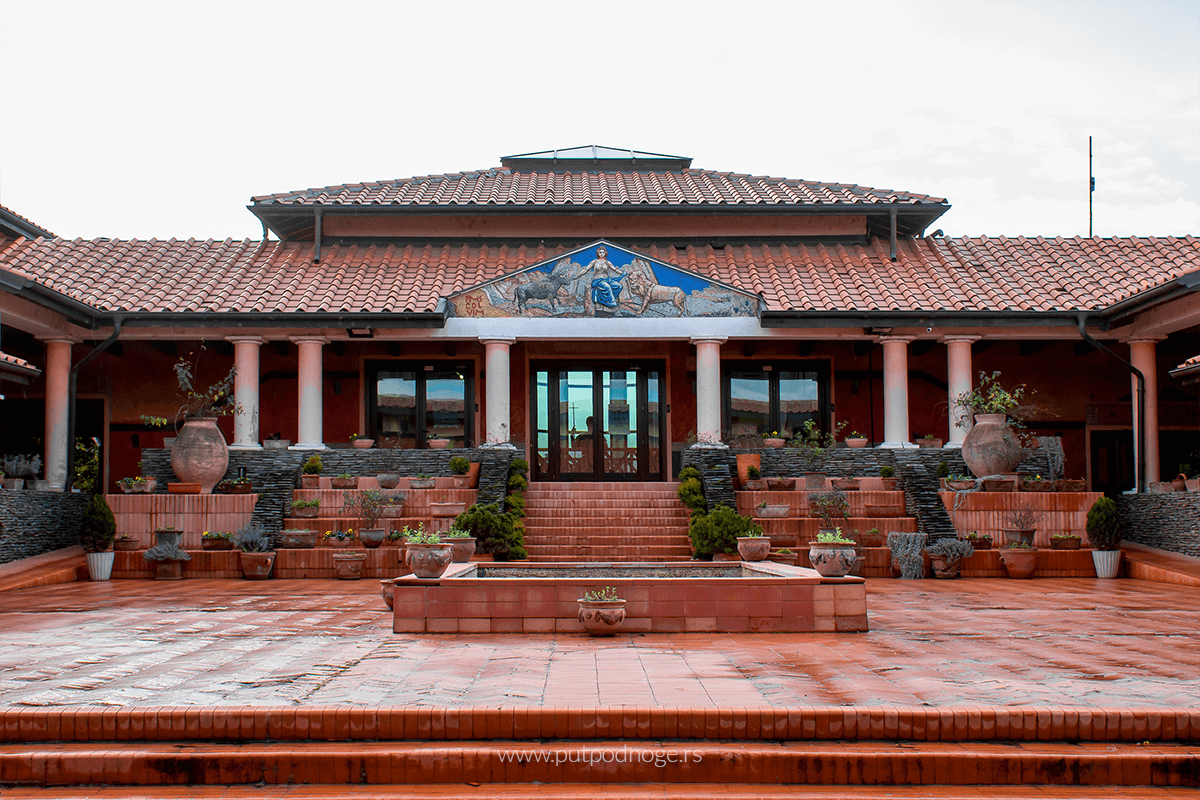
Leave a Reply